The bustling plant nursery behind some of the Chelsea Flower Show's best gardens
The designer gets the applause, but behind every successful Chelsea show garden is a nursery that supplies the plants. Val Bourne meets the busy Mark Straver of Hortus Loci.

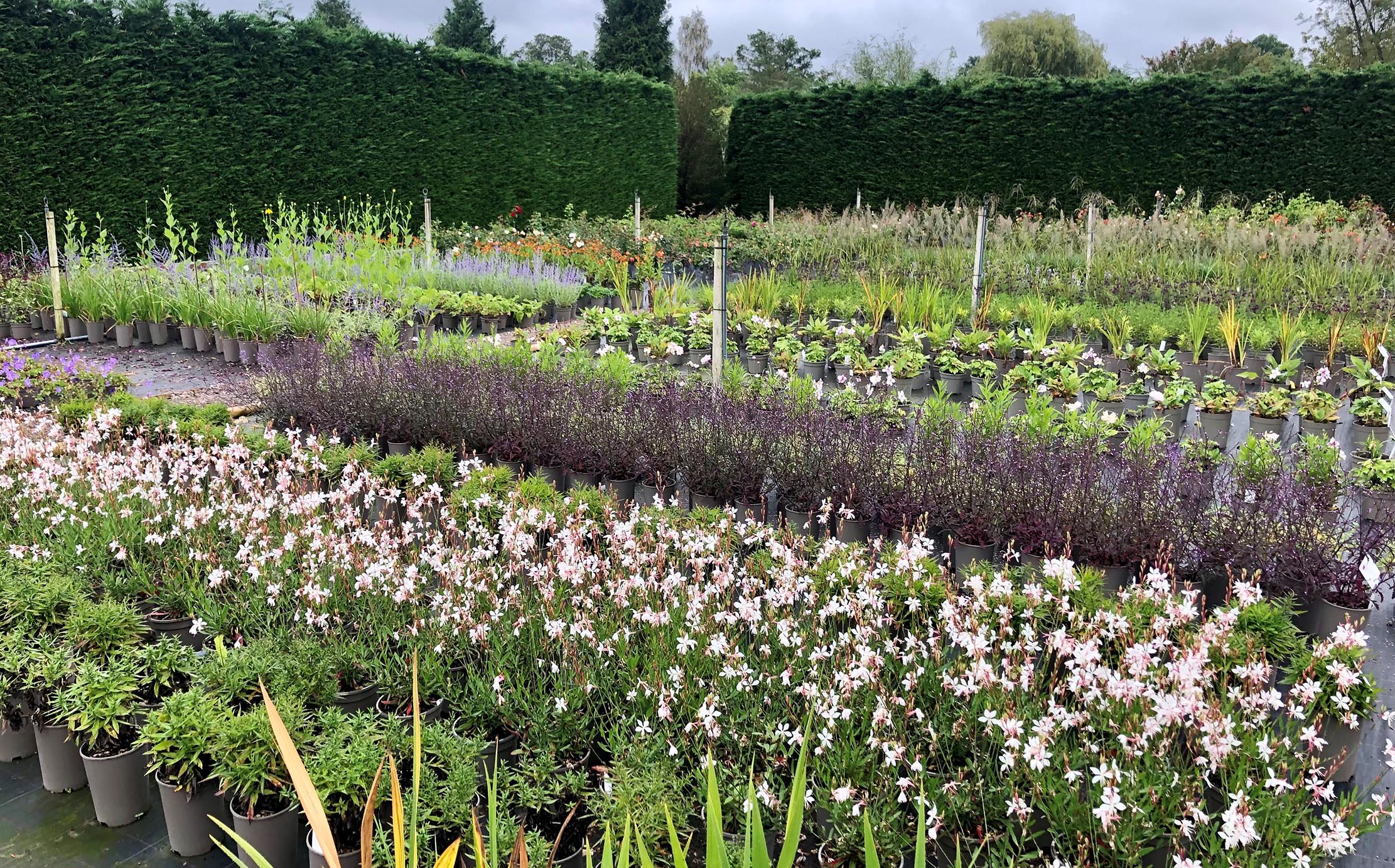
For creating a Gold Medal-winning Chelsea show garden, the designer receives all the credit, but they would be at a distinct disadvantage without good suppliers. It is plants of the highest quality, as well as eye-catching new introductions, that separate the Best in Show from the also-rans.
Mark Straver of Hortus Loci in Hampshire is the plant wizard responsible for turning many a designer’s plant list into reality and, for next week’s delayed show, he has been sourcing plants for Tom Massey, Robert Myers, Arit Anderson and Marie-Louise Agius.
If you snapped him in half, the word plantsman would run right through his core. His Dutch grandfather was a nurseryman and his father sold shrubs, wholesale, in the Woking area of Surrey. Add in a French grandmother and a Scottish grandfather, for extra hybrid vigour, and you’ll get an insight into his energy levels.
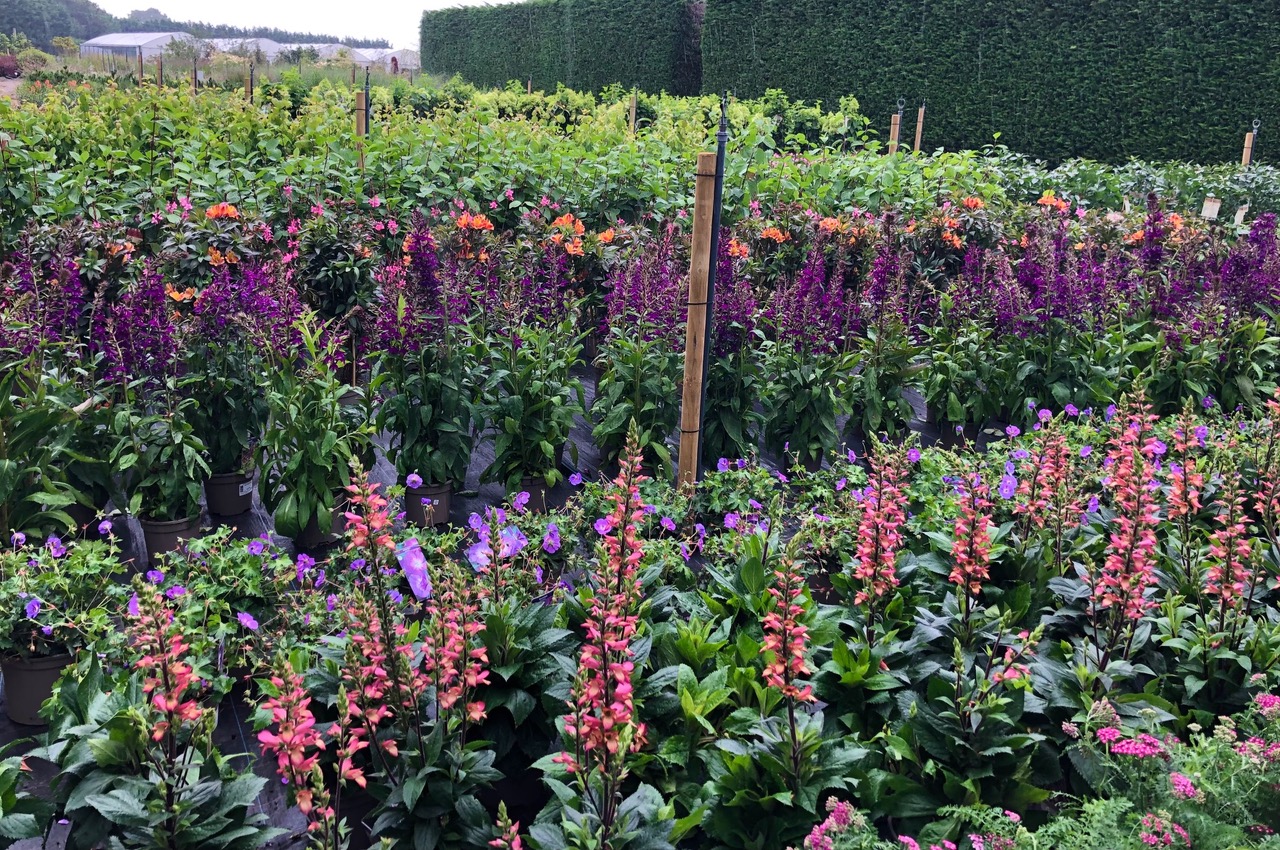
Mr Straver started his own successful nursery business at the age of 19. By the time he reached 30, he was working seven days a week and realised that he hadn’t been anywhere. ‘I sold my share to my business partner and went travelling for a year.’
He became a personal trainer, but soon realised that he couldn’t walk past a flower shop, nursery or garden centre without going in.
‘I couldn’t get over plants, however hard I tried,’ he admits. ‘I applied to Crocus at the beginning of its internet plant business — although I knew nothing about computers or the internet. Founders Peter Clay and Mark Fane, who were businessmen with a love of plants, let me have a free hand and I spent 12 happy years there.’
His first large Crocus project was for the partially walled garden designed by Tom Stuart-Smith at Broughton Grange near Banbury in Oxfordshire.
Exquisite houses, the beauty of Nature, and how to get the most from your life, straight to your inbox.
‘The list was 1,000 plants long and there were strictly no substitutes. We had to reject between 400 and 500 Helenium ‘Moerheim Beauty’ because three or four opened to yellow, rather than producing a mahogany-red skirt,’ he recalls.
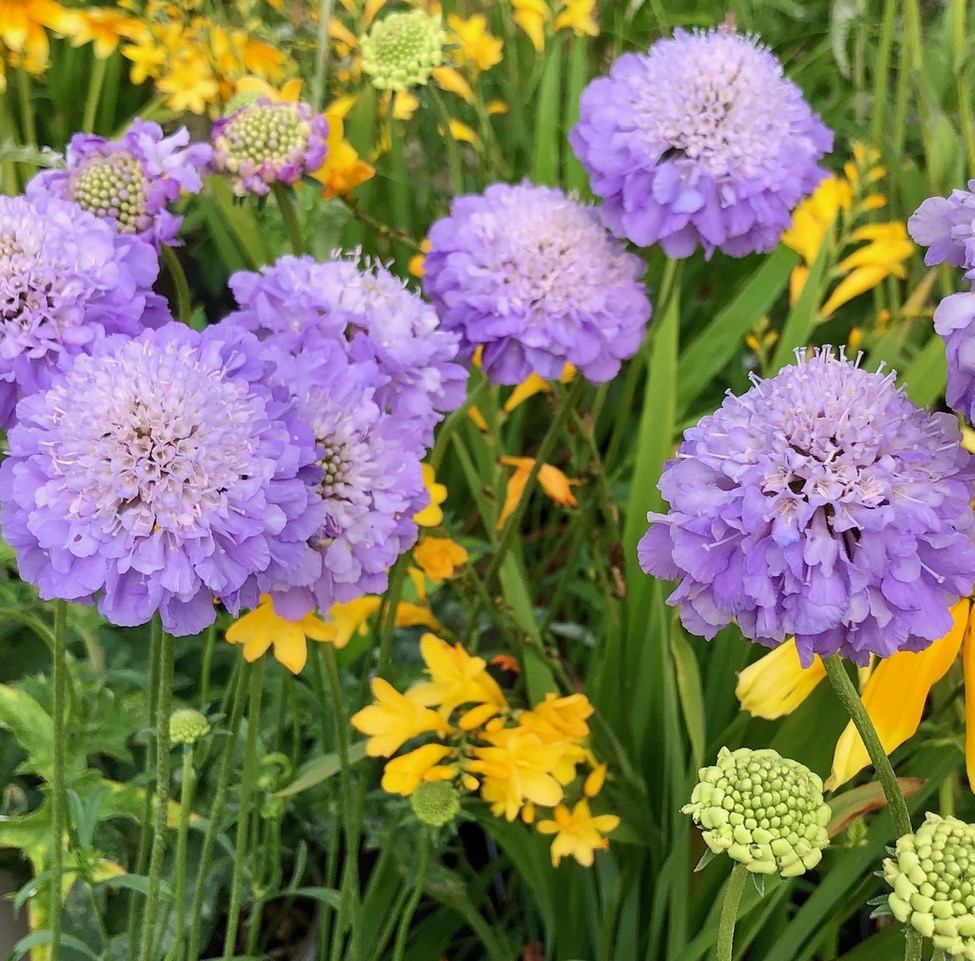
Crocus also supplied hundreds of thousands of plants for Mr Stuart-Smith’s design at Trentham Gardens, Staffordshire, although the company had to fight off cheaper quotes from landscapers in the process.
In 2008, the designer’s grove of 30-year-old, cloud-pruned hornbeams in his Laurent Perrier Garden at Chelsea set the tone for a green colour palette with an occasional white flower.
In 2010, Mr Straver left Crocus to set up his own business again. It was a brave decision, given that 41% of British nurseries have disappeared since 2000. His 17-acre site at Hook in Hampshire, sandwiched between the M3 and the M4, became the base for Hortus Loci.
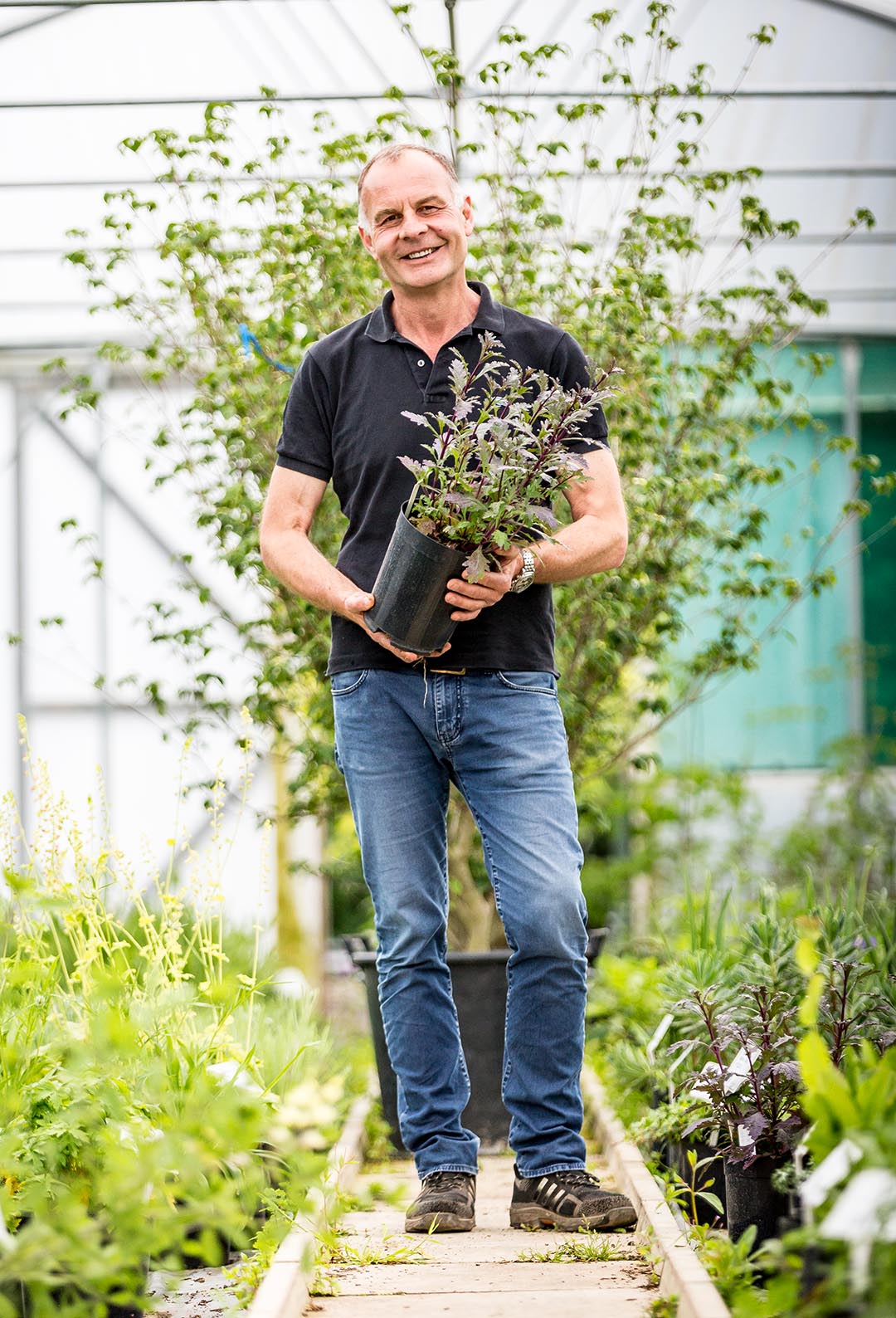
Now, the business supplies wholesale plants for designers and landscapers, but the retail garden centre is also open to the public and there’s a cafe run by Sebastian Bonfield. Discerning visitors know that they can buy the latest show-garden plants and then pause for an excellent coffee, together with a homemade treat.
Gathering specimen plants is becoming harder, especially now that trees have to spend a year in this country before they appear at any RHS show.
On cue, the telephone rings and a representative of the Animal and Plant Health Agency asks whether an imported oak tree, complete with plant passport, is clear of oak processionary moth. Sales director Robin Wallis, whose family founded the famous Scott’s of Merriott nursery, fields the call. He has already taken pictures of the aforementioned oak, having checked it over on a weekly basis since it arrived. Fortunately, the oak gets the all-clear after a Forestry Commission visit a couple of days later, but it all adds to the nervous tension.
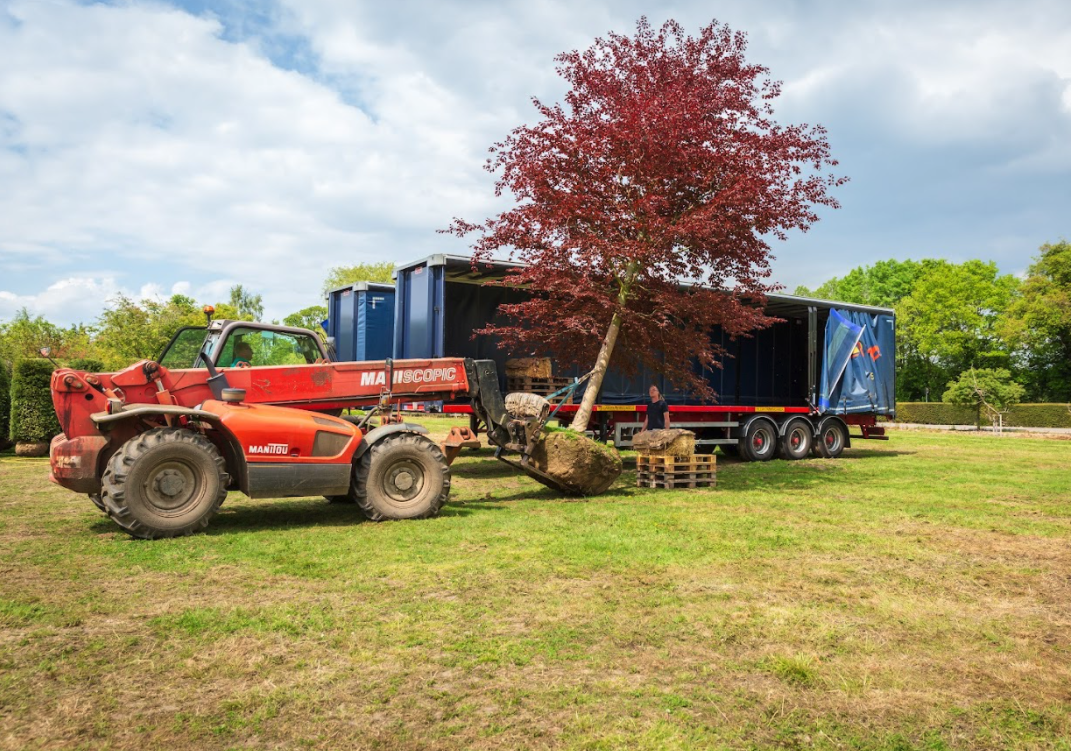
In normal times, Mr Straver would be found travelling across Europe, sometimes with a garden designer in the passenger seat of his car. ‘It sounds glamorous, but it often meant a 2.30am start followed by a two-day dash full of anxiety. Some 95% of our trips were in winter, on dark grey days with rain or sleet in the air, because winter reveals the shape of the branches and the texture of the bark.’
Once spotted, field-grown trees need to be lifted when dormant. For any not yet ready, he will make a mental note that they’ll be available in the future.
Fifteen years ago, Mr Straver noted some wonderful copper-beech domes growing in Belgium, so, when Jamie Butterworth needed purple foliage for his Wedgwood Show Garden at Chatsworth, Derbyshire, in 2019, he flew to find them the very next day. Luckily, they were still there, as was a copper beech he’d admired in a Hamburg nursery. They were the best things in the garden, which scooped a Gold Medal, the Best in Show, the construction prize and even the People’s Choice award.
‘I’ve spent 20 years getting on an aeroplane every two weeks and I rely on memorising what I see when I visit nurseries,’ Mr Straver explains. ‘You go with a list, but it’s the things you come across unexpectedly that often become Chelsea stars.’ Covid stopped all that. ‘I’m not finding any new plants at the moment because I’m having to source plants via the computer and they’re in short supply this year.’ Brexit has added to the problems. ‘We can’t share lorries anymore and there’s far more paperwork, although it’s not as bad as I imagined,’ he notes.
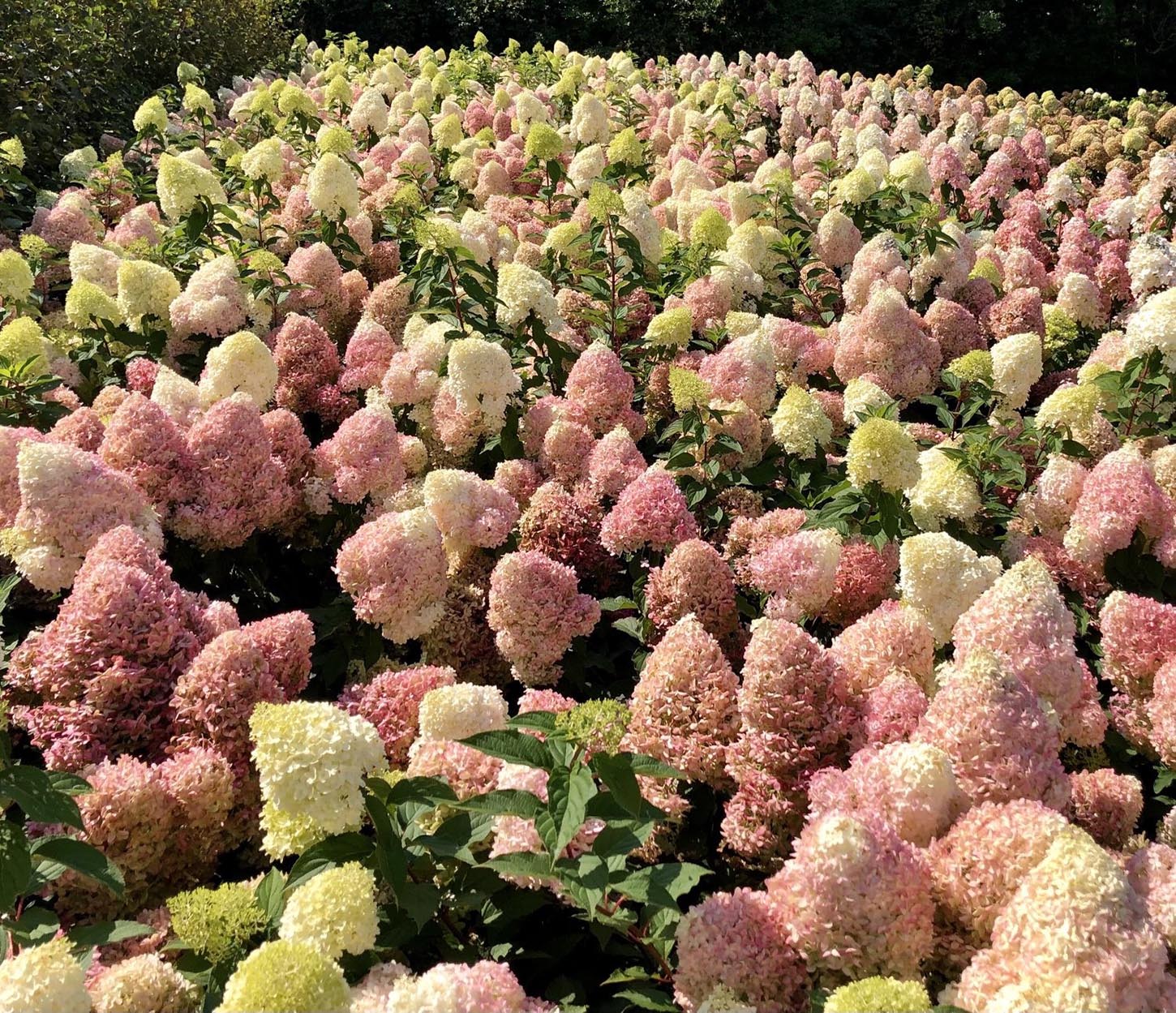
The enforced move of the Chelsea Flower Show to September came as a relief for many growers because the cold spring held everything back. ‘If Chelsea had been in May, we would have had nothing for the designers.’
What can we hope for at an autumn Chelsea? Hortus Loci is supplying four main show gardens with September-flowering tall perennials and grasses, with a richer colour palette of oranges, sultry reds and purples. Expect a jewel box.
Hortus Loci, Hound Green, Hook, Hampshire (0118–932 6495; www.hortusloci.co.uk)
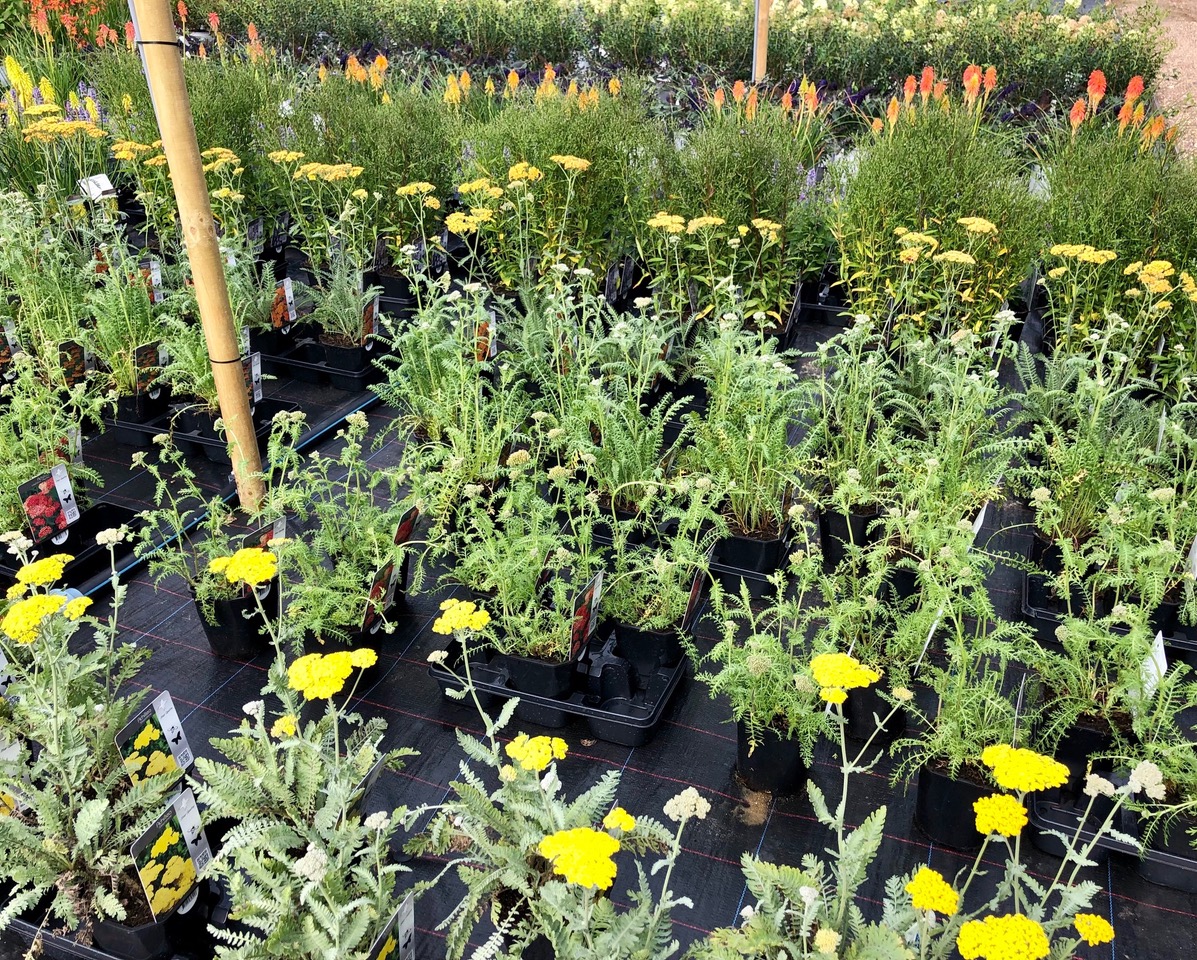
Five key plants for autumn
Persicaria amplexicaulis ‘Blackfield’ Long-lasting spikes of blood-red flowers open from dark buds above a mound of green foliage. This persicaria is not as thuggish as many. Height 39in
Salvia x jamensis ‘Violette de Loire’ This purple shrubby salvia bears wands of velvety-lipped flowers in a bluer purple than the similar ‘Nachtvlinder’. Both are likely to feature. 2ft
Eurybia x herveyi ‘Twilight’ A tall, self-supporting aster that produces a cloud of small, finely petalled lavender daisies. It’s particularly good with graceful grasses, such as Miscanthus sinensis ‘Gracillimus’. 39in
Hydrangea paniculata ‘Wim’s Red’ This chameleon of a hydrangea is unique. White flowers gradually turn pink and then mature to a rich wine red by autumn. 4ft–6ft
Sanguisorba officinalis ‘Martin’s Mulberry’ The maroon-red bobbles of ‘Martin’s Mulberry’ begin to light up the border in August and continue to shine through September. This plant will add height without looking heavy. 6ft
